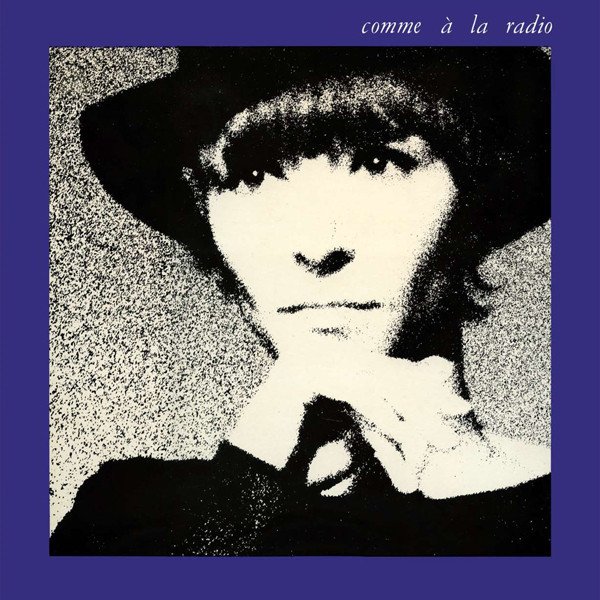
It has been a banner year for the Bay Area archival label Superior Viaduct, which went from issuing a handful of Tuxedomoon-related obscurities to close out 2012 (Noh Mercy, Factrix, The Sleepers) to trafficking in a range of European and American avant-garde offerings. Such projects as a vinyl issue of Fluxus artist Henry Flynt’s Graduation and reissues of rarities like Musica su Schemi from Gruppo di Improvisazione Nuovo Consonanza (Cramps, 1976) and Phill Niblock’s Nothing to Look at Just a Record (India Navigation, 1982) offset the much-anticipated reemergence of Devo’s storied Hardcore set, out of print for nearly two decades. Their vinyl reissues are manufactured to exacting quality, and contain copious liner notes — something often missing from needle-drop and ultra-compressed, shoddy grey-market reissues that clog the bins (Phoenix Records, anyone?).
Perhaps the work of French chanteuse Brigitte Fontaine appears a little out of place next to the Darkwave industrial/post-punk moves of the Tuxedomoon crowd or the improvisational sound-art world of Il Gruppo. But the seven albums she recorded for the French label Saravah (alongside one for BYG) between 1968 and 1980 are among the finest in outsider folk music. Most of this music was recorded in collaboration with multi-instrumentalist and vocalist Areski Belkacem; she also worked with the folk singer and actor Jacques Higelin and lyricist Olivier Bloch-Lainé during this period. Fontaine’s second record and first for Saravah was Brigitte Fontaine est… Folle, orchestrated by Jean-Claude Vannier and putting forth a singer whose strange rhythms and immediate, aggressive delivery are at odds with twee psych-pop arrangements. Originally released on marbled vinyl in a collagist gatefold sleeve, Fontaine est… was the debut release on actor-composer Pierre Barouh’s Saravah label, which epitomized more than any other imprint the attraction between the new left/May 1968 revolts, the Parisian artistic milieu, and popular youth culture. Along with the work of Fontaine, Belkacem, and Higelin, Saravah issued free jazz from the Cohelmec Ensemble, avant-garde and sound-art work from cellist Jean-Charles Capon and saxophonist Philippe Maté, Gabon folk singer Pierre Akendengue, oddball jazz groups like Trio Camera and the Baroque Jazz Trio, and numerous other outfits.
The first Fontaine LP to feature Belkacem (generally credited only using his first name, Areski) was 1969’s Comme a la Radio, which joined the two singers with expatriate Great Black Music outfit the Art Ensemble of Chicago, trumpeter Leo Smith (who came to Paris from Chicago as part of a 1969 exodus) and French bassist Jean-François Jenny-Clarke. Filling out the ensemble are Higelin, Capon, and Kakino De Paz and Albert Guez on zither and lute, respectively. Comme a la Radio is an album like no other, and probably the high point in the Fontaine-Areski discography, if for no other reason than the eight-minute vamp-and-declamation that comprises the title track. Fontaine’s surreal recitation crests an intricate and slinky groove set by AEC bassist Malachi Favors, accented by the woodwinds of Roscoe Mitchell and Joseph Jarman and the bleak blues of trumpeter Lester Bowie. Held up alongside “Theme de Yoyo” waxed the following year with Fontella Bass as part of their soundtrack for Marcel Camus’ Les Stances a Sophie, it is quite clear that the group cut a strong figure when paired with theatrical vocalists. The rest of Comme a la Radio is full of dusky chants and isolated chamber vignettes, and is sparser than subsequent albums that merge avant-garde orchestration, ethnographically influenced pastiche, and street-busking lyricism. With five more potential reissues in the Fontaine catalog, it is likely and hopeful that Superior Viaduct will find this work a new and interested audience.
• Superior Viaduct: http://www.superiorviaduct.com
More about: Brigitte Fontaine